
- 1- Why Secure Your Garden Shed
- 2- Common Security Issues with Garden Sheds
- 3- Types of Locks for Garden Sheds
- 4- How to Install Locks on Your Garden Shed
- 5- When to Call a Locksmith for Shed Security
1- Why Secure Your Garden Shed
Your garden shed is more than just a place to store tools and equipment; it's often home to valuable items such as bicycles, lawnmowers, power tools, and gardening supplies. Because sheds are typically located in less visible areas of your property, they can be easy targets for theft. Securing your garden shed is essential not only to protect your belongings but also to give you peace of mind. Taking the right steps to reinforce your shed's security can prevent costly losses and protect your investments in tools and outdoor equipment.
2- Common Security Issues with Garden Sheds
While garden sheds provide ample storage space, they are also vulnerable to various security threats. Some of the most common issues include:
- Weak Locking Mechanisms: Many sheds come with flimsy locks that can be easily broken or bypassed. This is a significant vulnerability that can be easily exploited by thieves.
- Inadequate Construction: Sheds with thin walls or poorly constructed doors are easier to break into. Thieves can force their way in with little effort.
- Lack of Visibility: Sheds located in secluded or poorly lit areas are prime targets for thieves who operate under the cover of darkness.
- Old or Rusted Locks: Locks that are old or rusted can be difficult to operate and may not provide sufficient security. They can easily fail during a break-in attempt.
3- Types of Locks for Garden Sheds
There are several types of locks you can use to secure your garden shed. Choosing the right one depends on the level of security you want and the design of your shed. Here are some of the most common options:
- Padlocks: Padlocks are one of the most popular choices for securing a shed. They are easy to install and can be locked onto hasps or other fixtures. Look for heavy-duty models with hardened steel shackles for added security.
- Hasps and Staples: Hasps and staples are metal fixtures that allow you to attach a lock to a door. These can be combined with a padlock for enhanced security, especially when made from strong materials like steel.
- Deadbolt Locks: Deadbolts offer more security than standard locks because they engage deeper into the frame. They are difficult to pick and can be paired with other locks for increased protection.
- Combination Locks: For those who want keyless access, combination locks are a good option. These are harder to break into than traditional locks and don’t require keys, making them convenient and secure.
- Smart Locks: For added convenience and security, smart locks can be installed to provide remote access through mobile apps or keypads. These are ideal for those who want to monitor and control access to their shed from anywhere.
4- How to Install Locks on Your Garden Shed
Proper installation is key to ensuring your shed’s locks provide maximum security. Here’s a step-by-step guide for installing locks on your garden shed:
- Choose the Right Lock: Consider the type of lock that best suits your shed and security needs. Choose a heavy-duty padlock or deadbolt for maximum security.
- Measure the Door: Ensure that your lock will fit properly by measuring the door’s width and thickness. This will help you select a lock that aligns with the shed's structure.
- Install the Lock Mechanism: For padlocks, install a hasp and staple on the door, ensuring that it is securely fastened with screws. For deadbolts, you will need to drill holes for the lock and strike plate to align properly.
- Test the Lock: Before securing everything, test the lock by turning the key or using the combination. Make sure it locks and unlocks smoothly.
- Reinforce with Additional Security: Consider adding more than one lock to provide multiple layers of protection. You could install both a padlock and a deadbolt for extra security.
5- When to Call a Locksmith for Shed Security
While DIY lock installation and maintenance can help secure your garden shed, there are times when you should call in a professional locksmith. Here are some situations where you may need a locksmith:
- Lock Failure: If your lock is stuck, jammed, or broken, a locksmith can repair or replace it to restore security to your shed.
- Rekeying the Lock: If you’ve lost your keys or suspect unauthorized access, a locksmith can rekey your lock, ensuring only authorized people can enter the shed.
- Upgrading Your Security: If you want to install higher-quality locks or smart locks, a locksmith can recommend the best solutions and ensure proper installation.
- Professional Advice: If you’re unsure about the best security measures for your shed, a locksmith can assess your shed’s weaknesses and provide expert advice on how to improve your security.
For expert locksmith services and the best security solutions for your garden shed, visit Locksmith Finder for reliable and professional assistance.




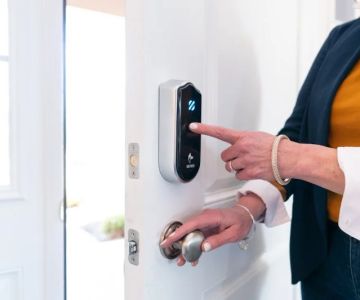
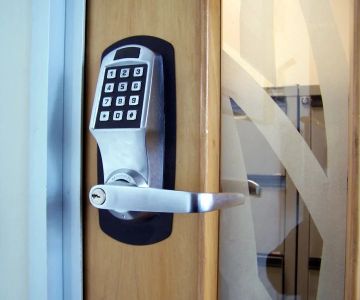
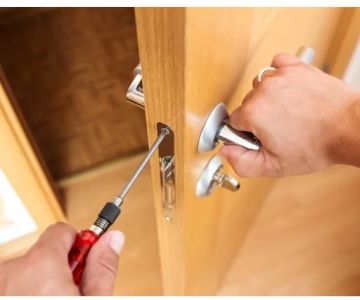

 KeyMe Locksmiths4.0 (15 reviews)
KeyMe Locksmiths4.0 (15 reviews) KeyMe Locksmiths4.0 (27 reviews)
KeyMe Locksmiths4.0 (27 reviews)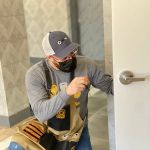 KeyMe Locksmiths2.0 (2 reviews)
KeyMe Locksmiths2.0 (2 reviews) Emerson hardware and Locksmithing4.0 (36 reviews)
Emerson hardware and Locksmithing4.0 (36 reviews) FCL Security4.0 (28 reviews)
FCL Security4.0 (28 reviews) KeyMe Locksmiths4.0 (30 reviews)
KeyMe Locksmiths4.0 (30 reviews) How to Protect Your Home From Burglary While Traveling
How to Protect Your Home From Burglary While Traveling How to Protect Your Home From Lock Drilling Techniques | Locksmith Finder
How to Protect Your Home From Lock Drilling Techniques | Locksmith Finder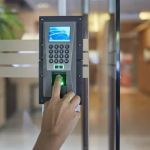 How to Protect Your Business With Restricted Access Lock Systems - Expert Tips
How to Protect Your Business With Restricted Access Lock Systems - Expert Tips How to Protect Your Business Assets With High-Security Locks
How to Protect Your Business Assets With High-Security Locks How to Choose the Right Locksmith for Your Lockout Services
How to Choose the Right Locksmith for Your Lockout Services How to Protect Your Garage From Forced Entry: Effective Tips and Solutions
How to Protect Your Garage From Forced Entry: Effective Tips and Solutions